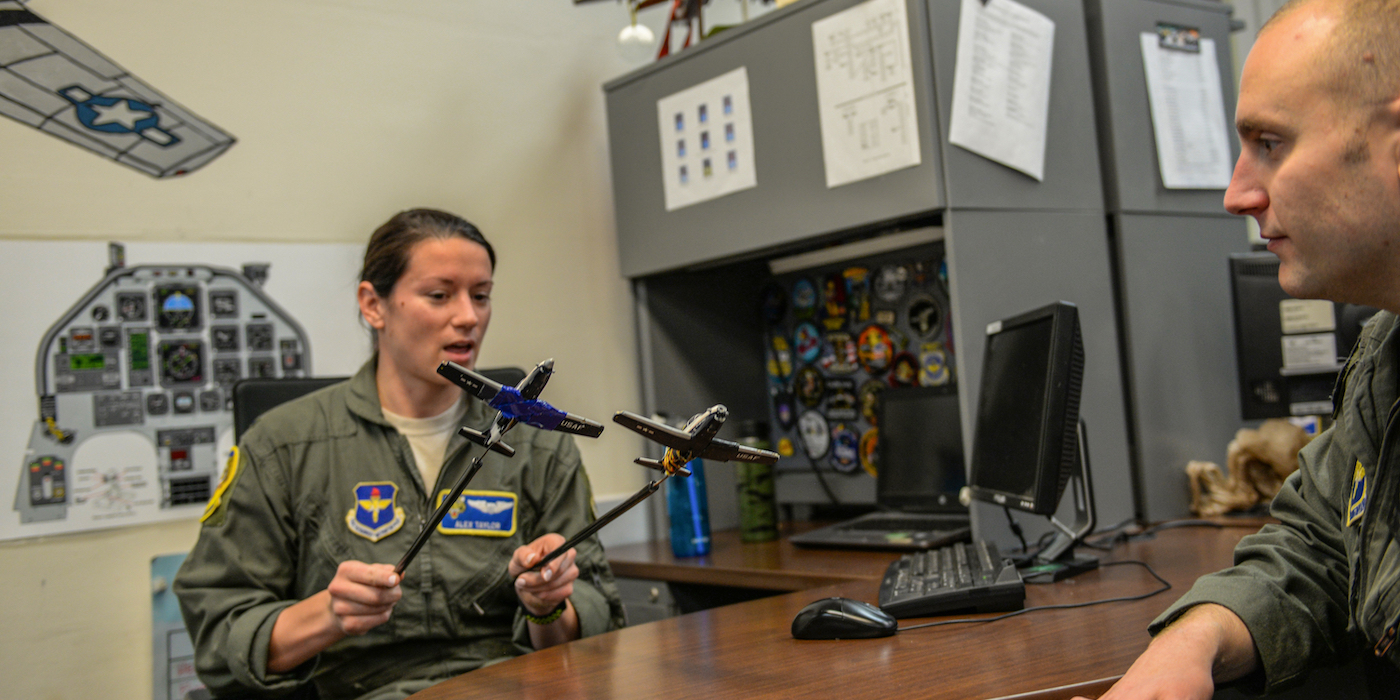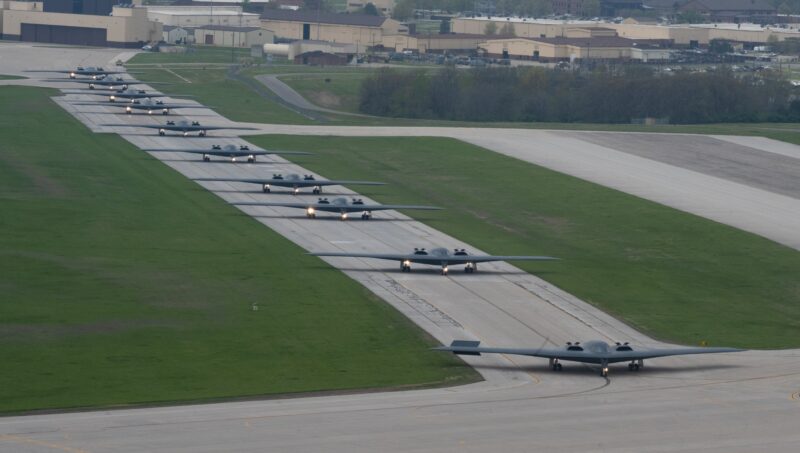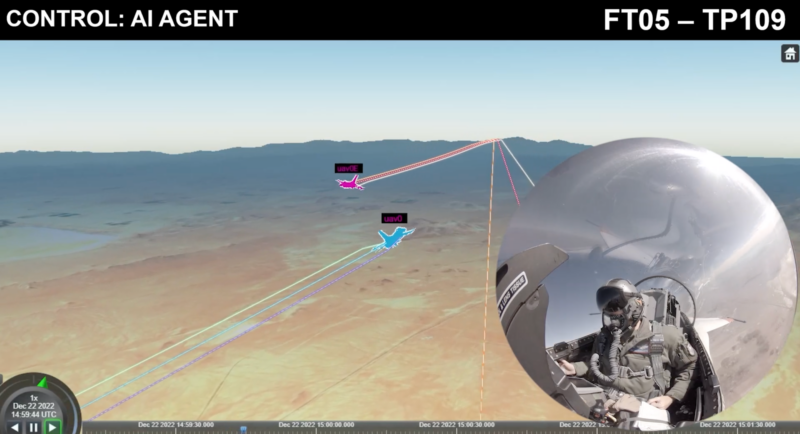- Every year, the Air Force turns hundreds of officers into pilots, and the service’s instructor pilots are the ones imparting that knowledge.
- But those instructor pilots have to get their start somewhere too, and that’s where the specialized courses at Columbus Air Force Base come into play.
- Visit Business Insider’s homepage for more stories.
Columbus Air Force Base, Mississippi (AFNS) – A US Air Force instructor pilot’s job is to nurture the transition of a casual officer into becoming a world-class aviator. Instructor pilots feed the fight directly and have a significant role, not only in the Air Force but the Department of Defense as a whole.
At Columbus Air Force Base, more than 300 instructor pilots are responsible for graduating close to 350 student pilots a year from programs such as Specialized Undergraduate Pilot Training, Introduction to Fighter Fundamentals and the Aviation Leadership Program.
After being selected for an instructor-pilot position, pilots train four to five months at Joint Base San Antonio-Randolph, Texas. At Pilot Instructor Training (PIT), instructor pilots are certified to teach specific tactics in the T-6 Texan II, T-38 Talon or T-1 Jayhawk.
Pilots who have been flying cargo or refueling aircraft operationally can either be an instructor for the T-1 or T-6 and pilots who have been flying fighter and bomber aircraft operationally can be an instructor for the T-38 or T-6.
Maj. Joshua Elmshaeuser, 48th Flying Training Squadron T-1 instructor pilot, said pilot instructor training was a comfortable and familiar place to be. Before being an instructor, Elmshaeuser flew the KC-135 Stratotanker at Hill AFB, Utah, which is much similar to the T-1, he said.

"PIT was like coming home," Elmshaeuser said. "I flew the KC-135 and it has a lot of similarities to the T-1, but you don't realize it until you go from the KC-135 back to the T-1. It was a good program for getting me ready to come here to teach and fly with students."

Elmshaesuser has been an instructor pilot at Columbus AFB for 4 1/2 years. From his time in the Air Force, he said the training mission at Columbus AFB and seeing officers achieve their wings has been the most fulfilling aspect of his career.
"I wouldn't choose another assignment because I find this one so rewarding," Elmshaesuser said. "There are things you can do operationally that are definitely all for the Air Force, and all for America, but I think the training aspect of it, for me, is the most rewarding job I've had."
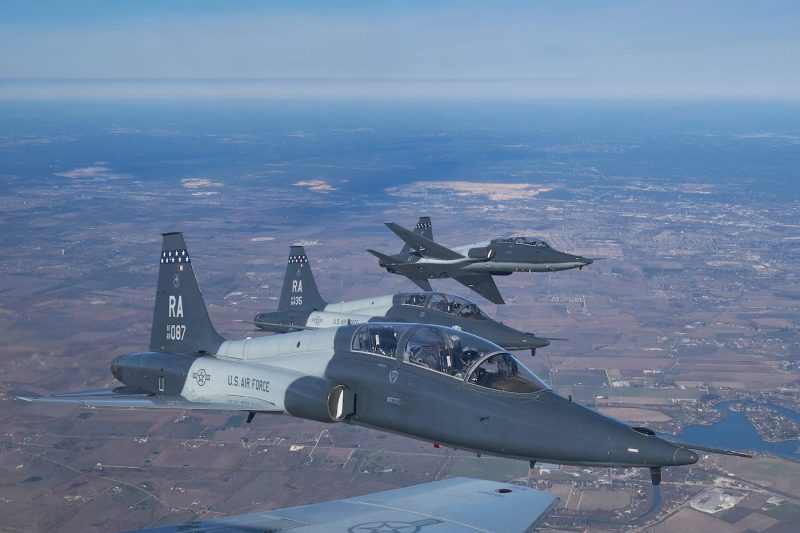
According to 1st Lt. Thomas Buckley, 37th FTS T-6 instructor pilot, a typical day includes giving their student pilots a formal brief, which includes the day's weather, notifications from various airfields and the overall plan for the day.
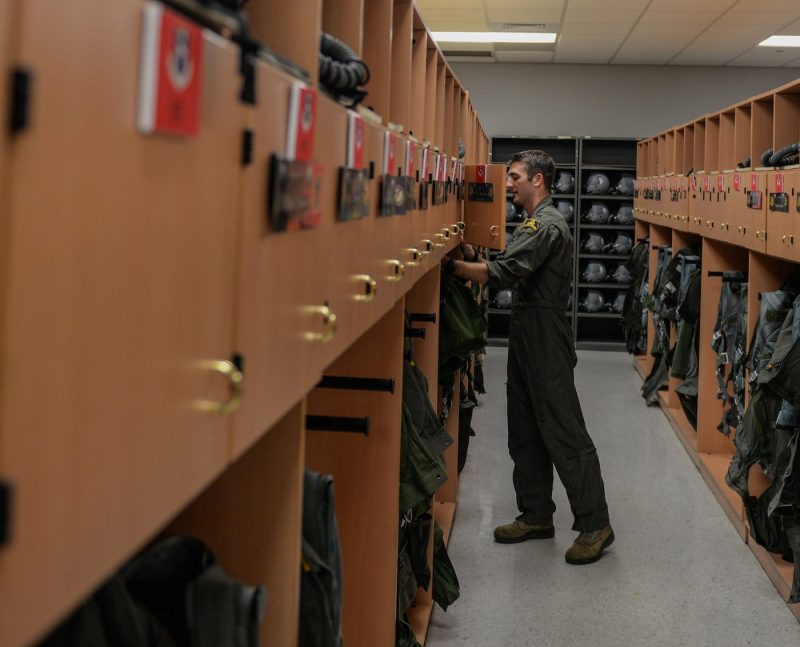
"From there you brief about the upcoming flights, fly and then come back and debrief," Buckley said. "The whole process takes about 2 1/2 to 3 hours."
Buckley said the debrief might be the most essential part of the instructor pilot and student's day. During the debrief, instructor pilots, make clear what went well during the flight and identify the areas of improvement.
Instructor pilots not only consist of pilots who have been flying for several years, but the Air Force is so confident in their instructional process that they take pilots who have recently graduated SUPT and turn them into instructor pilots.
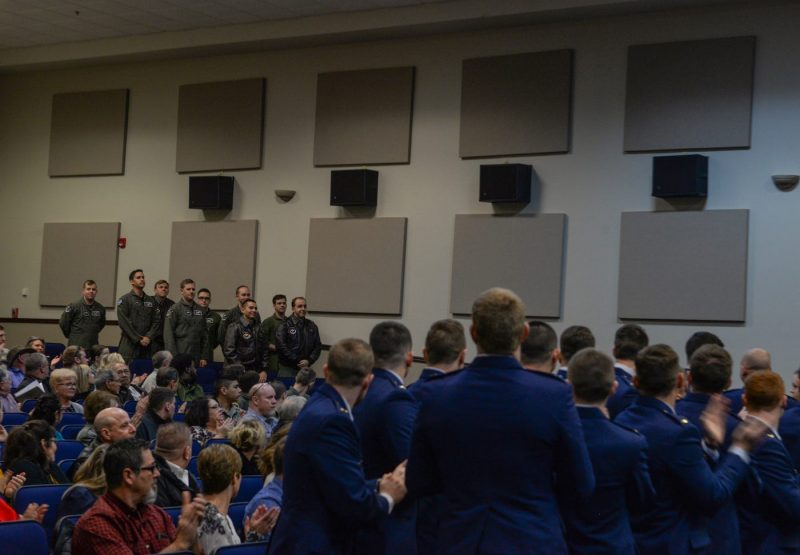
Buckley said upon graduating from pilot training, he was selected to become a First Assignment Instructor Pilot at Columbus AFB. Typically, one or two aviators from a training class will be assigned a FAIP position at Columbus AFB; Vance AFB, Oklahoma; or Laughlin AFB, Texas, he said.
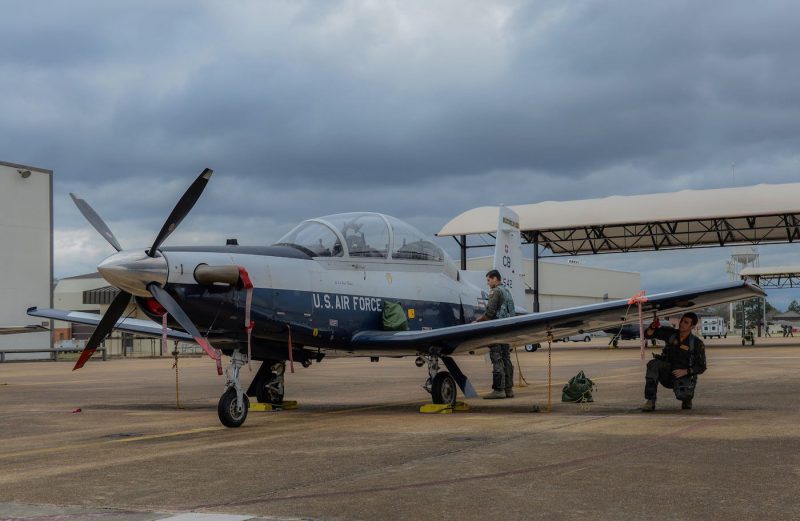
"Generally FAIPs are in the top one-third of their class," Buckley said, who is currently one of about 100 FAIPs assigned to Columbus AFB. "Instructor pilots can come from anywhere in the Air Force. Instructor pilots also come from many different airframes and you have a lot with different experience levels."
FAIPs have no prior mission-flying experience. While prior pilots, turned instructor pilots, have greater experience levels, flying in missions before becoming an instructor.
Buckley said this transition directly from a student to instructor pilot can be difficult.

"The transition is definitely interesting," Buckley said. "Some of my first flights back in the T-6, when I was a student, were with majors and lieutenant colonels, who were instructors. The dynamic is completely different because now I am treated as a peer with wings as opposed to a student."
Buckley said on a regular day, he flies one to two sorties in the T-6 with different student pilots.
Fellow FAIP and T-6 instructor pilot 1st Lt. Alexandra Taylor from the 37th FTS said since she's been here, watching a student pilot evolve during their year in SUPT can be very satisfying.

"For some, this is the first time they've flown an airplane," Taylor said. "We teach them from the very beginning how to fly a T-6 and military aircraft. Seeing them move on and get wings on their chest is really cool, just seeing them from start to finish is very rewarding."
Although a very rewarding job most of the time, being an instructor pilot also presents its challenges. Taylor said one of the biggest adjustments is evolving her teaching style.

"Everyone learns differently," she said. "So learning how to teach in different ways is also a challenge."
